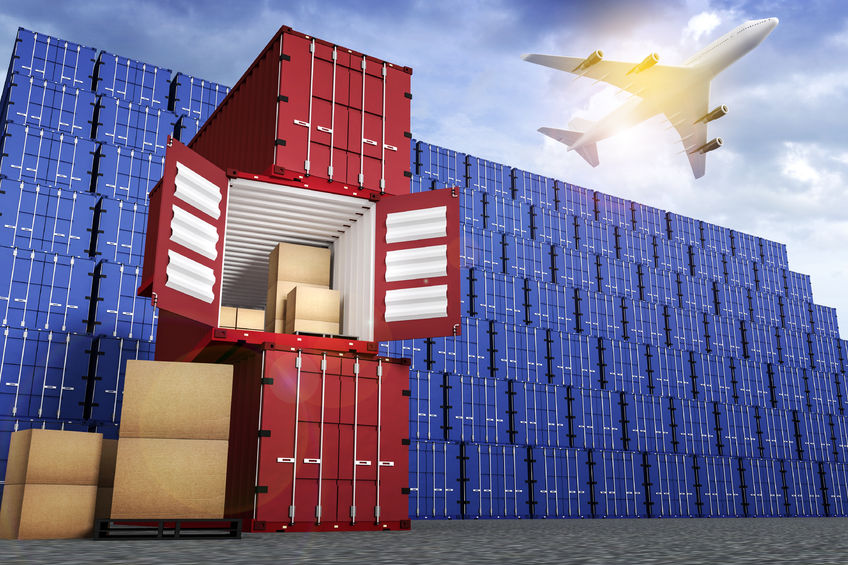Steps all along the supply chain handle packages in different ways. Sometimes packages are moved with fork trucks, but these days, the clamp truck is the way of the future. These trucks are beneficial in supply chains for many industries in several ways, and they are influencing the way the packaging industry designs, develops, and creates packaging for a variety of products.
The Need to Expedite Movement
Thanks to giants like Walmart, Amazon, and others, we are now living in the age of two-day, overnight, and in some cases even same-day delivery. Because of this, companies around the world are scurrying to keep up, and that means that changes must take place to expedite the movement of goods through the supply chain. Clamp trucks were designed to reduce the amount of manual labor in the supply chain, all while providing the ability to load and unload trucks much quicker. Though it is fast, and while it can save money, it certainly isn’t foolproof, and it’s up to you and your contract packaging company to ensure your products are clamp ready.
The Problems with Clamp Handling
Clamp handling is beneficial in that it saves time and labor costs, but it also poses a few unique problems. Namely, these problems stem from packaging that isn’t designed to withstand it, the lack of clamp truck operators, and even the faults of the equipment itself. Here’s how each of these might impact you and call for new standards in future packaging.
- Packaging Not Designed for Clamp Trucks – Today’s packaging is designed to put on pallets, wrapped, and hauled away by fork trucks. Packaging utilizes ECT fibers that are designed for stacking and loading, but they are highly vulnerable to the pressure exerted by clamp trucks. This can actually cause significant product damage, and packaging experts are scrambling for an effective, affordable solution.
- Clamp Truck Operator Shortage – These days, everyone knows how to operate fork trucks, but very few people are actually proficient with clamp trucks. It’s estimated that it takes about six months to become a clamp truck expert as opposed to a few weeks with a fork truck. Those who try without sufficient experience often inadvertently damage packaging with too much pressure.
- Equipment Limitations – Most of the clamp trucks being used today don’t have variable clamp pressure control, and this is a huge problem. Operators had to gauge the pressure they needed and operate trucks by instinct, which didn’t work very well. Technology is changing this, and there are trucks with automated and programmable pressure control, but they’re expensive and very few companies have invested in them.
Clamp handling is growing in popularity, and so is the technology used to facilitate it. Unfortunately, there’s still quite a gap, particularly when it comes to packaging. Because of this, things don’t always go as planned. Packaging companies around the world are working to find new and better solutions that can withstand the pressure of multiple clamps, allowing packages to arrive to consumers or retailers in pristine condition.

